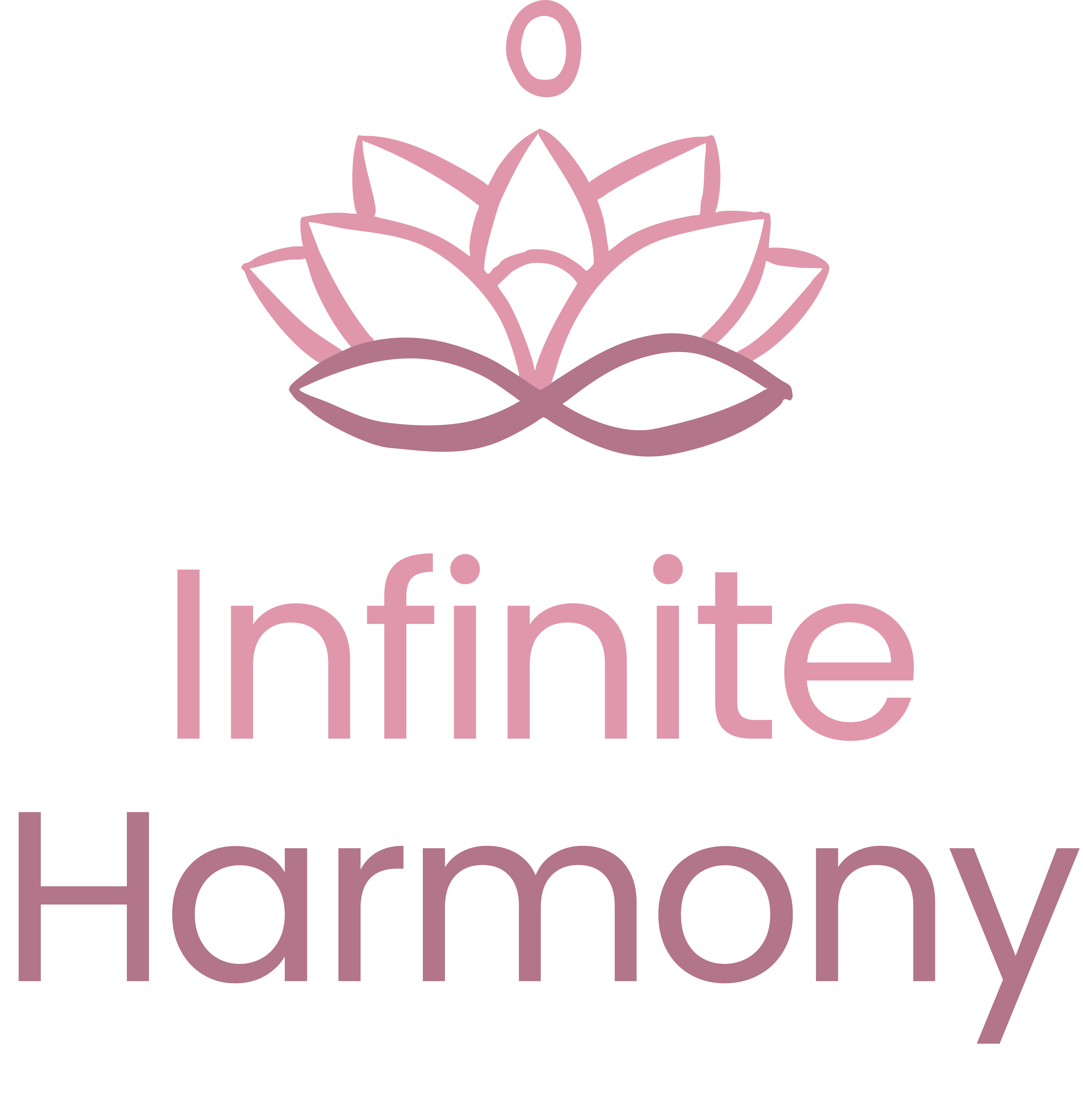Self Care Week - Small Shifts That Make a Big Difference
Self Care Week is an invitation to pause and gently reorient ourselves towards balance.
Not through dramatic life changes or perfect routines, but through small, accessible shifts that help us feel a little more grounded, a little more centred and a little more capable of meeting the demands of daily life.
Most people don’t need more wellbeing advice, they just need something that feels doable and easy to integrate into everyday life.
Self Care week is about exactly that: practical, compassionate, achievable support for real lives.
Why wellbeing and self care feels so hard to maintain
It’s easy to talk about wellbeing as though it’s a checklist:
- exercise
- hydration
- nutrition
- sleep
- boundaries
- positivity
But real wellbeing is rarely linear, it fluctuates. It shifts with the seasons, with stress levels, with hormone cycles, with workload, with energy, and with your capacity. And when life is busy, the things we know help us the most are often the first things to fall away.
Yoga therapy frames wellbeing differently. Instead of asking, “How do I stay well all the time?” We ask, “What would support me today? What small change can I make or implement today that will help me?" This softer, kinder approach opens the door to sustainable change.
The nervous system at the centre of wellbeing
When the nervous system is regulated, wellbeing becomes easier:
- decisions feel simpler
- emotions feel more manageable
- we communicate more clearly
- we sleep more deeply
- pain feels less intense
- overwhelm reduces
- the body has bandwidth again
When it is dysregulated (fight, flight, freeze, or shutdown), even basic self-care feels impossible. This is why yoga therapy focuses first on the capacity to engage in wellbeing, rather than the practices themselves.

Five gentle practices for Self Care Week
These are simple, therapeutic, and accessible for every body - whether someone works at a desk, in a busy household, outdoors, or in a high-pressure environment.
1) The 4-6 breath
A clinically supported way to reduce stress.
- Inhale for 4
- Exhale for 6
- Repeat 6–10 cycles
Longer exhalations regulate the vagus nerve, helping the body shift from stress to safety. Try it before meetings, school runs, or at bedtime.
2) The “soften your shoulders” micro-pause
Every time you notice your shoulders creeping up (email tone, deadlines, conversations, decision fatigue):
- lengthen your spine
- soften the jaw
- drop the shoulders
- take one slow breath
This resets tension patterns before they accumulate.
3) The one-minute body scan
A simple way to reconnect with your body.
Take 60 seconds to scan from head to toe:
- notice
- soften
- release where you can
This builds interoception - your ability to understand what your body needs.
4) The boundary check-in
Ask yourself: “Do I have the capacity for this?”
If the answer is no, see if there is:
- a smaller version
- a gentler option
- a slower timeline
- a way to say no kindly
- a way to meet the need without overwhelm
Capacity-based living is one of the strongest foundations of wellbeing.
5) Five minutes of joy
Joy is often missing from wellbeing conversations, yet it is:
- regulating
- energising
- mood-lifting
- connecting
- physiologically soothing
Joy does not need to be big.
It just needs to be felt:
- sit in the sun
- listen to a favourite song
- cuddle a pet
- smell an essential oil
- dance for 30 seconds
- laugh at something silly
Joy is medicine.
Self Care and wellbeing at work: tiny shifts that change the day
Whether someone is in an office, at a computer at home, or on their feet all day, tiny adjustments make a huge difference:
- alternate between sitting and standing
- keep water within arm’s reach
- schedule a 3-minute pause between tasks
- stretch the wrists and shoulders regularly
- put both feet on the ground during meetings
- soften the breath during conflict or stress
- move every 45–60 minutes
Wellbeing is not a programme - it is a pattern.
When wellbeing feels out of reach
Sometimes focus on wellbeing and self care can feel like pressure: "I know what I should be doing, but I can’t seem to do it.”
If this is you, you are not failing - you are likely overwhelmed.
Start with the smallest possible step - the step you can take today, not the step you think you “should” take.
When wellbeing is gentle, it becomes sustainable.
A final reflection for Self Care Week
Take a moment to pause and ask yourself:
- What is one thing my body is asking for?
- What is one small shift I can make this week?
- What would kindness look like today?
You don’t have to optimise yourself, you don’t have to get everything right. and you don’t have to do it all.
Just choose something small, supportive and compassionate - and let that be enough.
Because it is.



